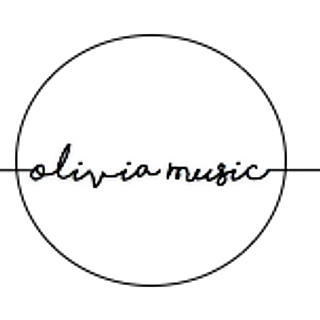Alfred's Piano : Colonial History Where You Least Expect It
- Olivia DiGiammarino
- Mar 19, 2016
- 3 min read

I hope you can hear my heavy heart and the depth of my sigh as I write this post. For the most part I enjoy the Alfred's Piano series. I use the series with quite a few of my students who are too old for the 'Music For Little Mozart Series". However, after this week I think I'll need to look for a different series to bridge the gap between beginning piano and the Royal Conservatory of Music.
This last week I've come across this song and it's various versions (within the scaffolded levels). All with the title "Indians" or "Indian Song". Most students, no older than 8 usually ask " Miss Olivia, what's an Indian?".
"Well, once upon a time there was a man who had a very large boat. A huge, massive boat and he wanted to find the country India. This was before there were maps or airplans so he went on his boat to find India, but he landed .... HERE!!! Well...not Canada but he discovered the United States. He thought he was in India. When he saw the people that were already here, he called them Indians........."
My conversation goes on, includes lots of hand genstures and facial expressions to explain that since we know Christopher didn't end up in India, we can't call the first people Indians. We cross out the title and rename the song. My students and I will rewrite either Indigenous or Aboriginal / Aborigène (for my Francophone or French Immersion students). Despite my story, despite my animated attempt to correct this completely ignorant title -we haven't even gotten to the image or the lyrics.
This image here shows a totem pole, which is less offensive than some of the other illustrations. Illustrations that show children dancing around a fire, wearing feathers with tents in the far distance. The second line of this lyric says "I watch Big Chief smoke his peace pipe". Even the markings indicate "like tom-toms". So, what does this song communicate to my students about Indigenous-Canadian Music? The answer, aside from nothing, is a whole host of settler stereotypes about First Nations people. Who they are, who they can be and what is expected of "them". It is the caricature of the Indigenous person that fails to complicate both their past and their future, to include the brutal history of colonization and oppression.
This 16 bar song represents to me one of the many roots of Colonial History and Post-Colonial Oppression. How this song could be relevant in music education, or any education format is beyond me. As an educator I must look at my industry's own history and role in First Nation erasure, to realize that it is my duty to educate against material like this. It is also my duty as an educator to provide a scope of national music free from post-colonial oppression. By that I mean, works of music that do not futher First Nation erasure like this song "Indian Song". Instead, it is up to me to find working repertoire that is reflective of the many identities within Canada. That including but not limited to First Nation and Indigenous people, Francophone and Quebequois, Atlantic music and so on and so forth.
In all, this has been a positive experience. It's important to educate students about Colonization and Racism (upper cases intended) and to make real-life examples of what "not to do" or repeat. Unfortunately for Alfred's Piano, the song entitled "Indian Song" has become my number 1 example of colonialism and racism once broken down into simpler terms. It has also become a call to action for me to begin collecting a wider repertoire for my students that is inclusive of all Canadian music, within or outside of their lesson books.
If anyone can help point me in the right direction, I'm all ears!!!
For the record, Alfred's Piano is an American publisher. This song, along with other material is available on their website. This is from their most current edition. This particular photo of the song was selected from their public PDF of Alfred's Basic Piano Library : Teacher's Guide which can be accessed by clicking on the title.




Comments